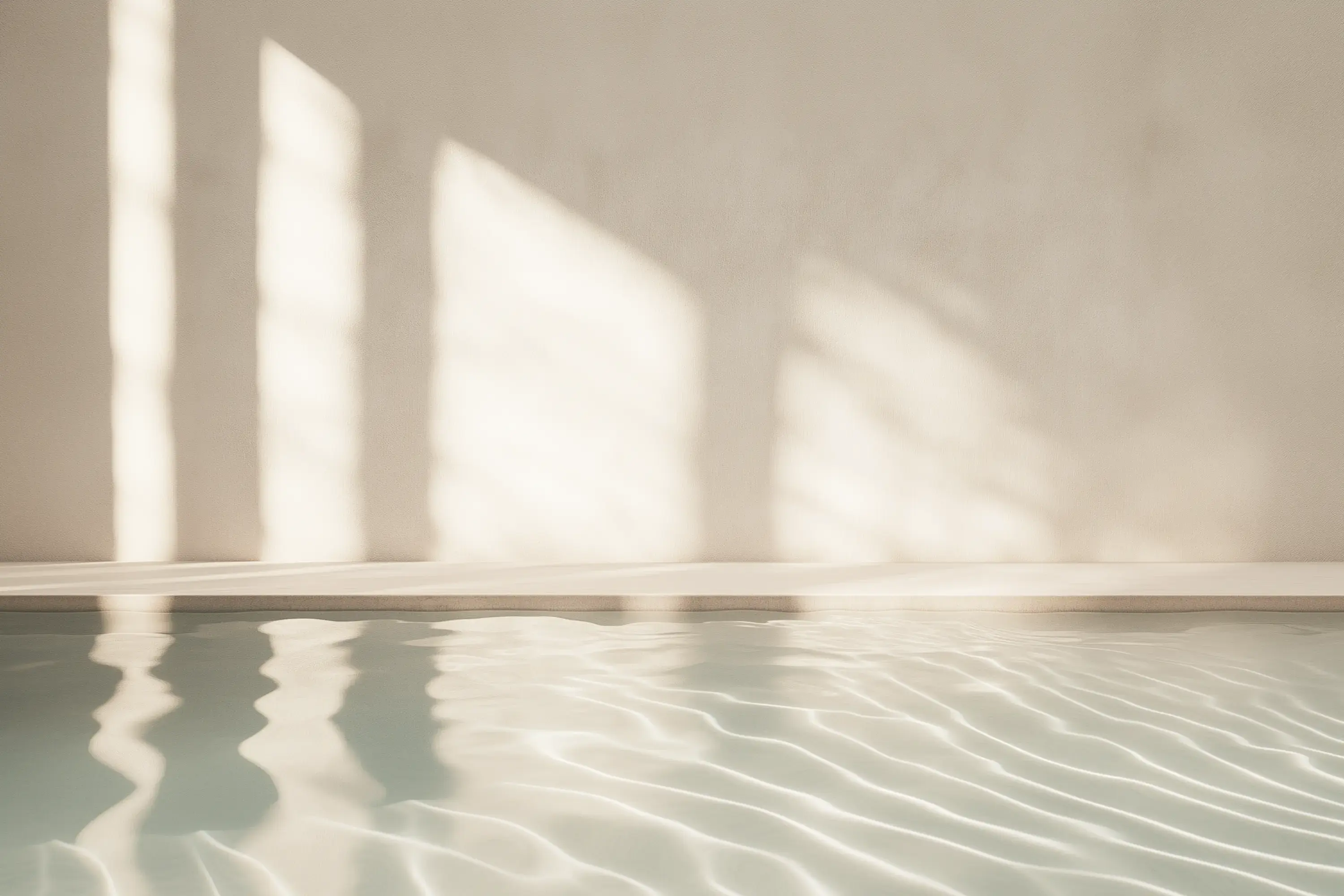Creating stunning AI-generated images goes beyond just describing what you want to see. The perspective from which your image is "captured" can dramatically alter its impact and storytelling power.
This is where camera position prompts come in.
In this guide, we cover how to use AI image generator camera position prompts to help you create AI images with more detail, depth, and emotion.
Table of Contents:
What are camera position prompts for AI image generation?
Camera position prompts for AI image generation are specific instructions that tell the AI how to "frame" the image. These prompts guide the AI model to create images with your desired composition, perspective, and overall look. By using camera position prompts, you can simulate different photography techniques in your AI-generated images.
You can also combine different prompts for more specific results. For example, you might ask the AI to "Generate a low-angle shot with a wide perspective."
The 3 key elements of AI camera position prompts
When crafting camera position prompts for AI image generation, it's helpful to think like a photographer. Just as a photographer considers various aspects of their shot, you can guide the AI by focusing on three key elements: angle, distance, and lens.
Each of these elements plays a crucial role in shaping the final image, allowing you to create visuals with the exact look and feel you want.
1. Camera Angle
The camera angle is all about perspective. It determines the viewpoint from which the scene is captured, influencing how viewers perceive the subject.
Different angles can evoke various emotions or emphasize certain aspects of the image:
Eye-level: Offers a neutral, natural perspective
Low angle: Creates a sense of power or intimidation by looking up at the subject
High angle: Can make subjects appear smaller or more vulnerable
Bird's-eye view: Provides an overhead perspective, great for showcasing landscapes or cityscapes
Worm's-eye view: An extreme low angle that can make subjects appear towering or monumental
2. Camera Distance
Think of camera distance as deciding how much of the scene to include in your frame. This element controls the balance between detail and context in your image:
Extreme close-up: Zeroes in on tiny details, perfect for creating intrigue or emphasis
Close-up: Ideal for capturing facial expressions or highlighting specific objects
Medium shot: Strikes a balance, showing subjects from the waist up – great for portraits
Full shot: Captures the entire subject, head to toe, along with some surrounding environment
Wide shot: Showcases the bigger picture, including the subject and their full surroundings
3. Camera Lens
The choice of lens can significantly alter the mood and visual characteristics of your image. Each lens type offers unique properties that affect the viewer's perception of space, depth, and scale in the image
Wide-angle lens: Expands the field of view, great for landscapes or creating a sense of space
Telephoto lens: Brings distant subjects closer, ideal for isolating subjects or compressing perspective
Fisheye lens: Produces an ultra-wide, distorted view that can create surreal or playful images
Macro lens: Allows for extreme close-ups, revealing intricate details often invisible to the naked eye
By combining these elements in your prompts, you're essentially directing the AI as you would a camera. This approach gives you fine-tuned control over your AI-generated images, allowing you to create visuals that precisely match your creative vision.
Try it: Create an AI-generated image using Venice.ai for free
5 tips for AI image generator camera position prompts
1. Start with one camera position prompt
When you're new to AI camera position prompts, begin with a single, clear instruction. This approach helps you understand how the AI interprets and applies each type of prompt.
For example, start with "Generate a low-angle shot of a futuristic cityscape" rather than combining multiple elements. As you become more comfortable, you can gradually introduce more complex prompts.
2. Don’t overload the AI image prompt
While it's tempting to include every detail, overloading your prompt can confuse the AI and lead to unpredictable results. Stick to one or two camera position elements per prompt. Focus on the most crucial aspect of the composition you want to achieve.
This approach allows the AI to generate more coherent and focused images.
3. Change your prompt to get the desired results
Don't be afraid to try various camera positions to see how they change the mood and impact of your image. If your initial result doesn't match your vision, adjust your prompt and try again.
For instance, if a "wide shot of a forest" doesn't capture the vastness you're after, try a "bird's-eye view of a forest" or a "fisheye lens view of a forest."
4. Understand the capabilities of the AI model and platform you are using
Different AI models may interpret camera position prompts in slightly different ways. Familiarize yourself with the strengths and limitations of the model you're using. Venice offers several open-source image generation models, each with its own characteristics.
Experiment with different models to see which ones respond best to your camera position prompts.
5. Know the feeling you want your image to convey
Before crafting your prompt, consider the emotion or atmosphere you want to create. Different camera positions can evoke specific feelings. Low-angle shots can make subjects appear powerful, while high-angle shots might make them seem vulnerable. Close-ups create intimacy, while wide shots establish context and scale.
Choose your camera position prompts to align with your intended emotional impact.
Example: Using camera position prompts to generate an AI image with Venice
Now that we've explored the key elements of camera position prompts and tips for using them effectively, let's walk through a practical example.
We'll use Venice's AI image generation capabilities to show how different camera position prompts can dramatically alter the mood and impact of your creation.
Step 1: Open Venice and select image generation mode
Go to Venice.ai and select the image generation mode.
Step 2: Choose your preferred image generation model
Go to settings and select your preferred image model from Venice's range of open-source options. For this example, we'll use the powerful, versatile Playground v2.5 model.
Step 3: Start with a basic image generation prompt
Begin with a simple prompt to establish your base image.
For our example, let's use: "Lighthouse on a cliff."
Step 4: Enhance the prompt with a camera position
Now, let's add camera position elements to create a more dramatic effect.
Try this prompt: "Bird’s eye view shot of a lighthouse on a cliff"
We can see here that the angle is much higher than in the first image, as if seen from a bird’s perspective.
Step 5: Iterate and refine your images with more camera positions
If the result doesn't match your vision, adjust your prompt and try again.
For instance: "Worm's-eye view of a lighthouse on a cliff, with a fisheye lens effect."
In this image, we’re looking up at the lighthouse from below, and the distortions emulate a fish-eye lens.
Remember, the key to mastering AI image generation is experimentation. Keep iterating until you achieve the perfect image that brings your vision to life.
Unleash your creativity with Venice
Venice's commitment to privacy makes it an ideal platform for experimenting with AI image generation. You can freely test various camera position prompts without worrying about your creative process being tracked.
Remember, mastering camera position prompts takes practice. Don't be afraid to push boundaries and try unexpected combinations – you might discover a unique perspective that brings your vision to life.
Ready to start creating? Try Venice now.
Create an AI-generated image using Venice.ai for free
Back to all posts
 Venice.ai
Venice.ai